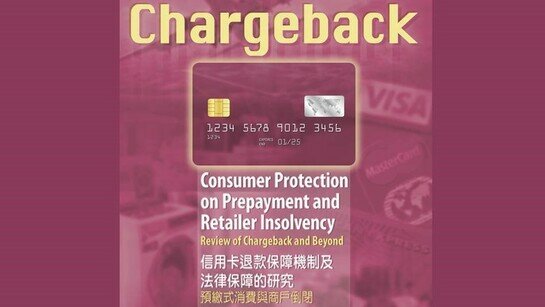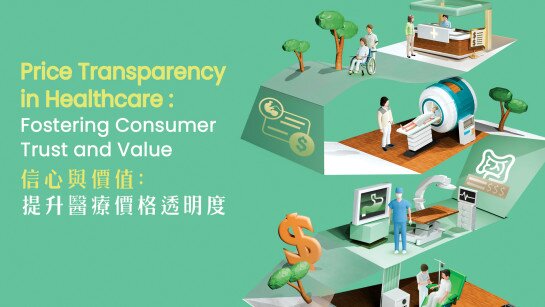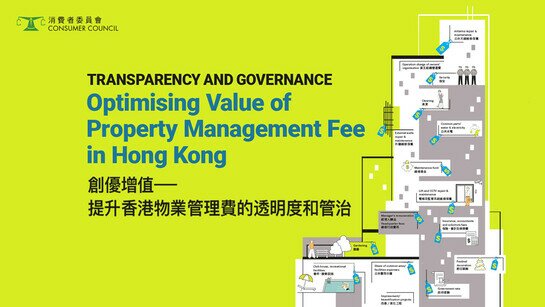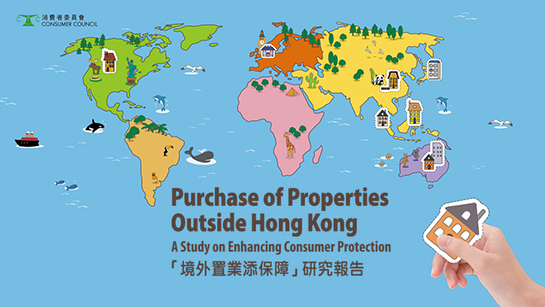Executive Summary
Introduction
Consumers often pay for goods or services in advance of receiving them, either in the form of deposit or purchase price. This is very popular among different industries in Hong Kong, notably in purchase of flight tickets, beauty package, fitness club membership, mobile phones, electric appliances and home furniture. Consumers may prepay in accordance with trade usage, such as the requirement for deposit upon placing an order for home furniture; or act upon specific business models, such as online shopping. They may also make prepayment simply for convenience or attracted by special offers. But what underlying the prepayment are risks of losing money, particularly in the event of retailer insolvency where consumers, as unsecured creditors without preferential right under the insolvency law, have a very slim chance to recover their money. Apart from not being able to enjoy the purchased goods or services, they may also suffer financial loss. When a sizeable retailer goes out of business, a large group of consumers will be affected and the loss involved could be enormous. Predicaments faced by consumers will also arouse public attention and discussion.
Credit card is one of the most preferred forms of payment in Hong Kong. According to the statistics of the Hong Kong Monetary Authority, the total value of retail sales spending for credit cards issued in Hong Kong in 2016 is about HK$ 474.4 billion, where a significant part of which could be prepayment. Although consumer protection in retailer insolvency could be strengthened by changing the hierarchy of creditors’ claim in favour of prepaid consumers, this would involve very difficult issues to resolve. A more pragmatic approach would be to improve the protection of credit card prepayment in the event of retailer insolvency. Consumers who paid by credit card may apply to their card issuers to recover prepayment through the chargeback mechanism. In view of the above, the Consumer Council has conducted an in-depth study on how the chargeback mechanism could be enhanced to better protect consumer prepayment in retailer insolvency.
Scope of the study
The objectives of this study are:
- To evaluate the application, operation and limitation of chargeback as a means to protect consumers in the event of retailer insolvency;
- To recommend measures to strengthen the protection of chargeback in the interest of consumers; and
- To explore the introduction of the concept of connected lender liability by legislation with a view to enhancing legal protection of consumers in retailer insolvency.
Methodology
A questionnaire survey was sent to 20 major card issuers and 2 major card associations in Hong Kong in 2016. Replies from 15 card issuers and 1 card association were received. Furthermore, the Council has also reviewed the respondent card issuers’ websites and cardholder agreements, and conducted a research on credit card prepayment protection in different overseas jurisdictions. Besides, the Council also analysed 3 sizeable retailer insolvencies including California Fitness, DSC and Oasis Airlines. From the above, the Council has identified the deficiencies of the existing chargeback mechanism and made recommendations to improve consumer protection in prepayment and retailer insolvency.











